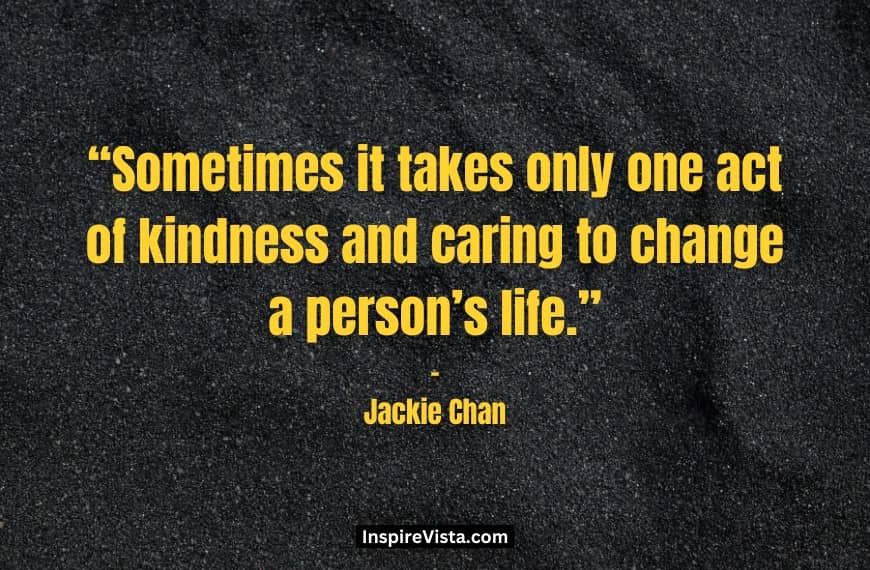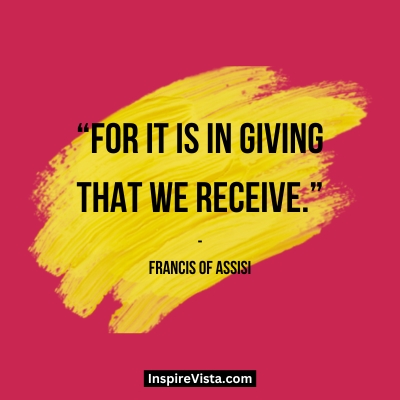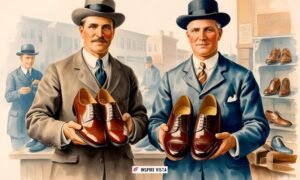A young boy’s simple order of ice cream at a diner unfolds a tale of unexpected generosity and kindness.
In the days when an ice cream sundae cost much less, a 10-year-old boy entered a diner and took a seat at the counter. A waitress placed a glass of water before him and asked him what he’d like to have.
“How much for an ice cream sundae?” asked the boy.
“50 cents,” replied the waitress.
Digging into his pocket, the boy retrieved a handful of change and carefully examined the coins.
“What about a dish of plain ice cream?” he asked. As some people were now waiting for a table, the waitress was beginning to get a bit impatient.
“35 cents,” she responded abruptly.
The boy counted his coins once more before deciding, “I’ll have the plain ice cream.”
The waitress brought the ice cream, left the bill on the counter, and walked away. After finishing his treat, the boy paid the cashier and left the diner.
Upon returning, the waitress began to tidy up the counter and was taken aback by what she found. There, neatly placed beside the empty dish, were 15 cents — her tip.
A Dish of Ice Cream – Moral Of The Story
The moral of the story is that kindness and empathy can soften even the harshest of situations. Despite the waitress’ impatience and curt behaviour towards the young boy, he responded with unexpected generosity and understanding. His decision to forgo his desired ice cream in favor of a cheaper option so he could leave a tip showcased his compassion and consideration for others, even in the face of indifference. It reminds us that everyone has their own struggles and challenges, and a little empathy and kindness can go a long way in making someone’s day brighter.
A Dish of Ice Cream – Lessons And Application To Our Lives
Some of the lessons that we can draw from the story are:
Kindness Begets Kindness:

The boy’s act of kindness towards the waitress, despite her impatience, demonstrates that being kind can inspire others to be kind in return. In our lives, we can incorporate this by always choosing kindness, even in challenging situations, knowing that our actions can have a positive ripple effect.
Empathy and Understanding:
The boy’s decision to consider the waitress’s perspective, despite her curt behavior, highlights the importance of empathy and understanding. We can incorporate this by trying to see things from others’ points of view, even when they may not be treating us well, and responding with compassion rather than resentment.
Generosity Doesn’t Require Wealth:

The boy didn’t have much money, but he still found a way to be generous by leaving a tip for the waitress. This teaches us that generosity isn’t always about material wealth; it’s about the willingness to give what we can, whether it’s our time, attention, or a small token of appreciation.
Choosing Gratitude:

Despite not getting exactly what he wanted, the boy chose to be grateful for what he had and to show appreciation for the service he received. We can incorporate this lesson by cultivating a mindset of gratitude in our own lives, focusing on the positives rather than dwelling on what we lack.
Incorporating these learnings into our lives can help us cultivate a more compassionate, understanding, and generous approach to interacting with others, ultimately leading to more meaningful connections and a happier, more fulfilling life.




